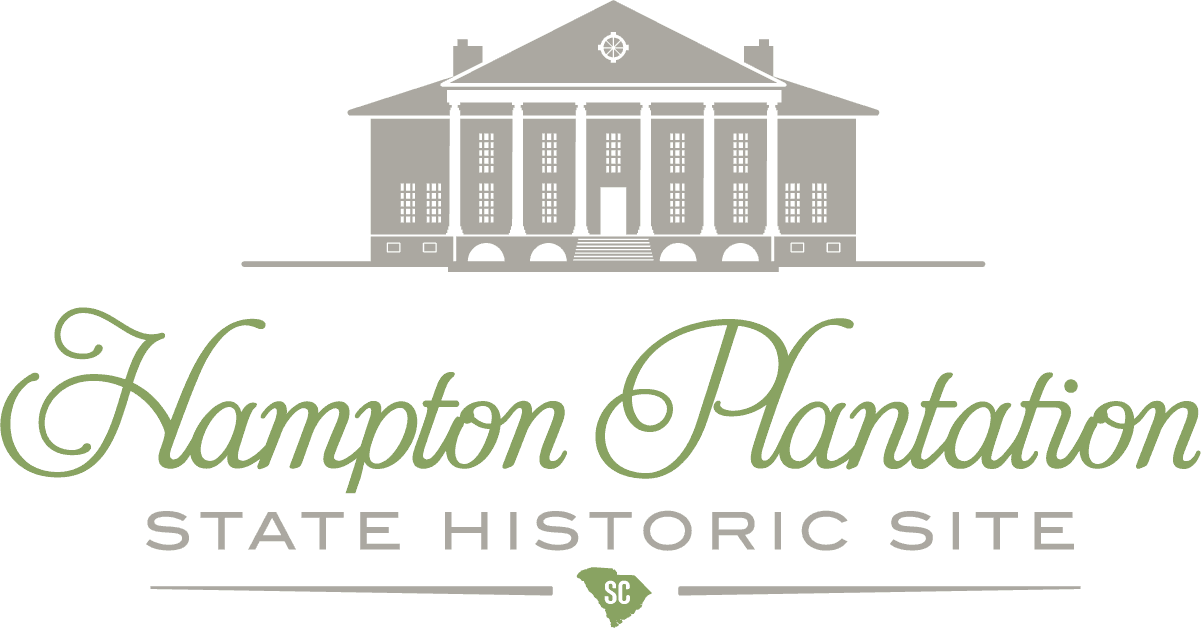PARK ADVISORY
The park is experiencing intermittent phone outages. For assistance, please email us at hampton@scprt.com.
In an effort to preserve the site's historical resources, our park roads are unpaved and can be sandy at times. Please use caution when traveling the roads at Hampton Plantation.
The Piney Woods Nature Trail at Hampton Plantation is closed until further notice. We apologize for the inconvenience.














